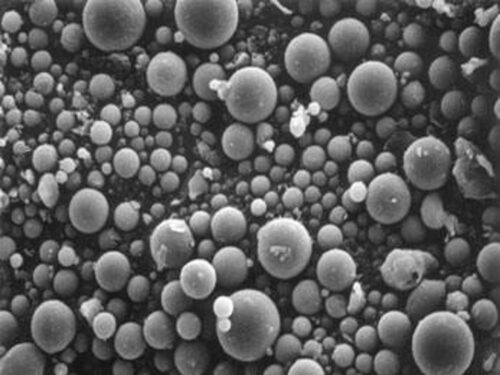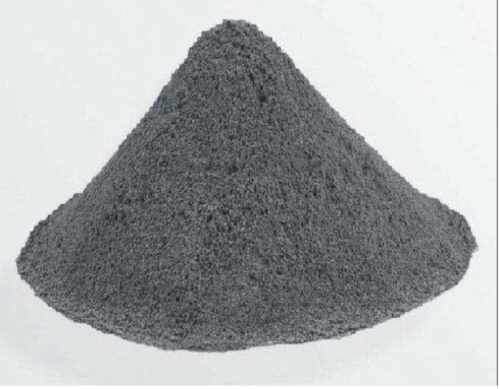One of the most important ingredients used to produce high-performing, durable and long-lasting concrete are concrete admixtures. Concrete admixtures are added to improve the behavior of concrete under certain conditions. There are two types of concrete admixtures, chemical and mineral.
Mineral admixtures, such as fly ash, silica fume, and slags, are added to concrete in larger amounts to enhance the workability of fresh concrete. They reduce permeability, increase strength and resistance to thermal cracking and are generally more economical.


Chemical admixtures are used to improve concrete quality during mixing, transporting, placement, and curing. These admixtures are added in much smaller amounts, mainly for the entrainment of air, reduction of water or cement content, or control of setting time. Chemical admixtures can be broken down into the following categories: water reducers (plasticizers), high range water reducers (superplasticizers), air entrainers, set retarders, set accelerators, and specialty admixtures.
Water reducing admixtures usually reduce the required water content for a concrete mixture by 5-10%. Concrete containing a water reducing admixture needs less water to reach a required slump, resulting in a lower water-cement ratio. This allows a higher strength concrete to be produced without having to increase the amount of cement.

Air entraining admixtures are used to induce pockets of air into the concrete. This is used to deal with varying temperatures as concrete is subject to thawing and expansion. With the temperature variations, when the concrete expands or contracts, it can move into the entrained air to prevent cracking. Generally 5-8% air content is most suitable to deal with varying temperatures.

Retarding admixtures are used to slow the setting rate of concrete. High temperatures cause an increased rate of hardening, making it difficult to finish and place concrete. Retarding admixtures counteract the accelerating, keeping concrete workable during placement.
Accelerating admixtures are used to speed up the setting rate of concrete. They reduce the time required for proper curing and protection, often used in cold weather concrete pouring.
Superplasticizers reduce water content by 12-30% and can be added to concrete with a low-to-normal slump and water-cement ratio to make high-slump flowing concrete. This concrete can be placed with little or no vibration or compaction. Superplasticizers are usually added to concrete on the job site as their effects only last 30-60 minutes before rapidly losing its workability.
Specialty admixtures are added in different situations to obtain certain properties such as corrosion inhibitors, shrinkage control, alkali-silica reactivity inhibitors, and coloring. Corrosion-inhibiting admixtures are added to slow corrosion of reinforced concrete, often used as a defensive strategy for concrete structures that will be exposed to high concentrations of chloride. Shrinkage reducers are used to control drying shrinkage to minimize cracks. Alkali-silica reactivity inhibitors control durability problems associated with alkali-silica reactivity
Admixtures allow us to overcome the different challenges we face every day when pouring concrete. They give us the opportunity to produce concrete of the highest quality, performance and sustainability that is essential for the industry to grow and thrive.